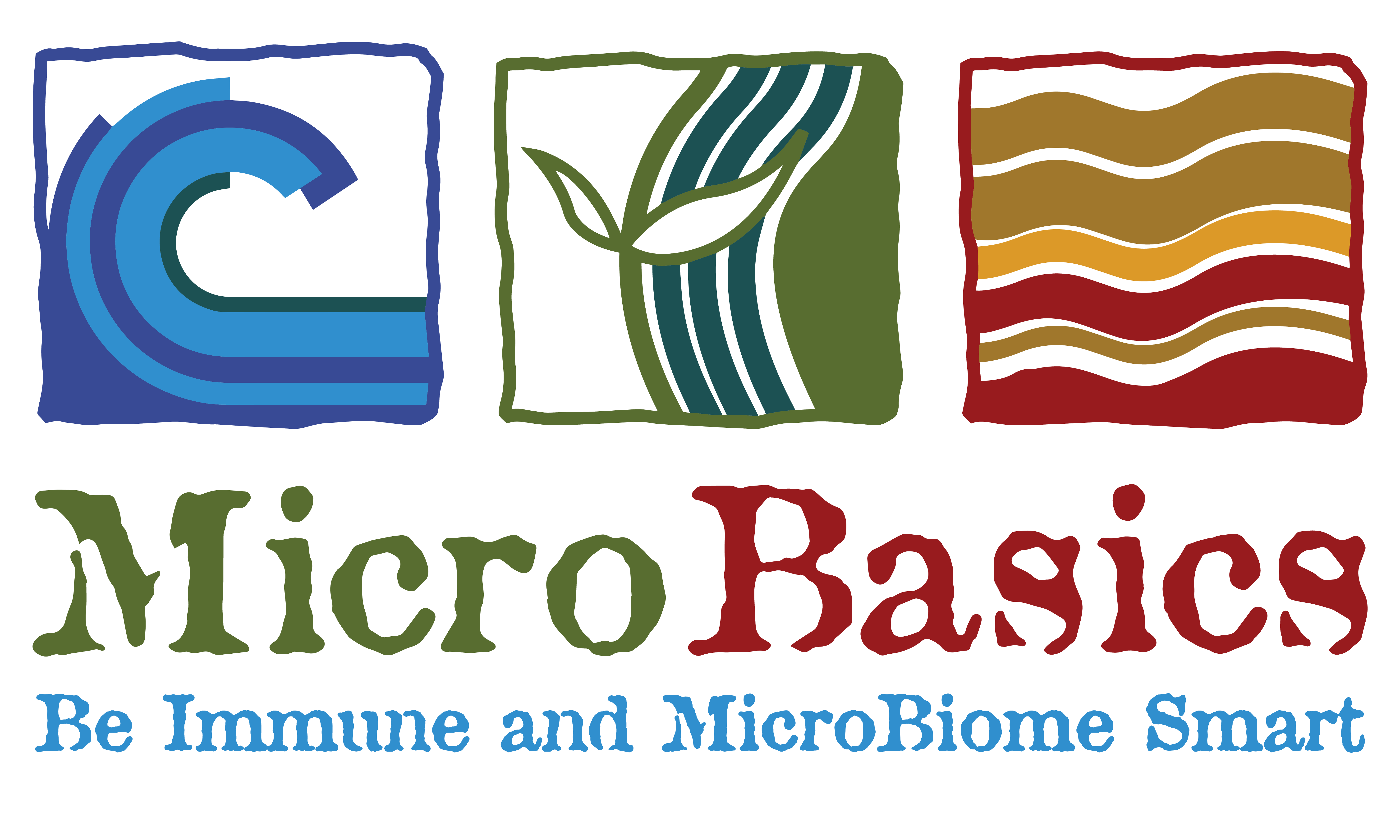Preventing Illness
To prevent illness in the calves the maternity pen is the end all be all and is especially when group housing calves. Also, good ventilation, and supporting gut health to prevent things like scours and secondary infections and respiratory disease.
I feel like, especially in a calf barn situation, you need to have your calf program set up to be successful to prevent you employees from burning out and getting compassion fatigue. I feel like that can be a huge problem with calf people. Most employees won’t stick around if there are a lot of sick calves and dying calves. The employees care about the calves. If they can’t feel successful in raising them, they won’t be happy in their work. If you want good help, you need to have a good calf program, they both go together.
Treating Sick Calves
I do most all the treating. One thing I want to work on this year is to get a protocol zeroed in, so that if per se I want to teach someone to treat calves they could do it how I would do it. I am familiar with my animals and their environment so I can usually tell by looking at a calf if it will be best to treat it with a natural product or if it needs antibiotics. I want to document my reasoning so if needed, someone else could treat the calves just as effectively.
I use Sync powder as a scours treatment. Logistically it was a little difficult for us to use in our group housing program, so Mom had the idea to put the powder into self-fill gelatin boluses, which makes it easy to give it to the calf with a pill popper. I also want to go back to giving Sync on arrival like we have done in the past. It was a great boost to the calf, and it directly impacted average daily gain.
We use Surveillance daily in our milk to prevent illness. I also have been using it more and more as a treatment. It’s very effective on the front end of scours.
The other day I got a preemie calf, I thought she was going to die. She was flat out scouring straight water. I didn’t feed her milk or anything, she couldn’t stand. I gave her 30 ml of Surveillance and the next morning she looked like a spring chicken. I think I am going to utilize that treatment more.
Successful Employees
This year I have been working on communicating better and faster with my employees. I also have a goal to be more deliberate with my team meetings. Number one, so I can tell them how well the calves are doing, and number two, so we can determine areas of improvement. I know a lot of my employees feel appreciated when I show value in their opinions.
Positive feedback is important to everyone, but I feel like it is above average important to me. I know I need positive feedback, and I need to make sure that I also give that to my crew. One way I show appreciation to my employees I always like to have candy and treats available. One of my guys really loves coffee so I make sure there is coffee available every day.
I was reading an article the other day and it said that 27% of dairy farm employees, haven’t gotten positive feedback from an employer for 15 years. That’s depressing! I would cry! As employers we need to really focus on the positives for our employees. I am going to be more intentional with positive feedback. When a vendor comes and tells us the barn looks nice, I need to pass that on to my employees and let them know how good of a job they are doing.
Thank you, Brooke, for the great thoughts on setting up calves and employees for success! If you would like to hear more from Brooke’s perspective on calf raising you can visit her Smart Calf blog!
Surveillance and Sync can be purchased in the Calf Distinction Store.
Written by: Mariah Gull, M.S.

